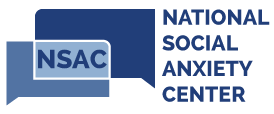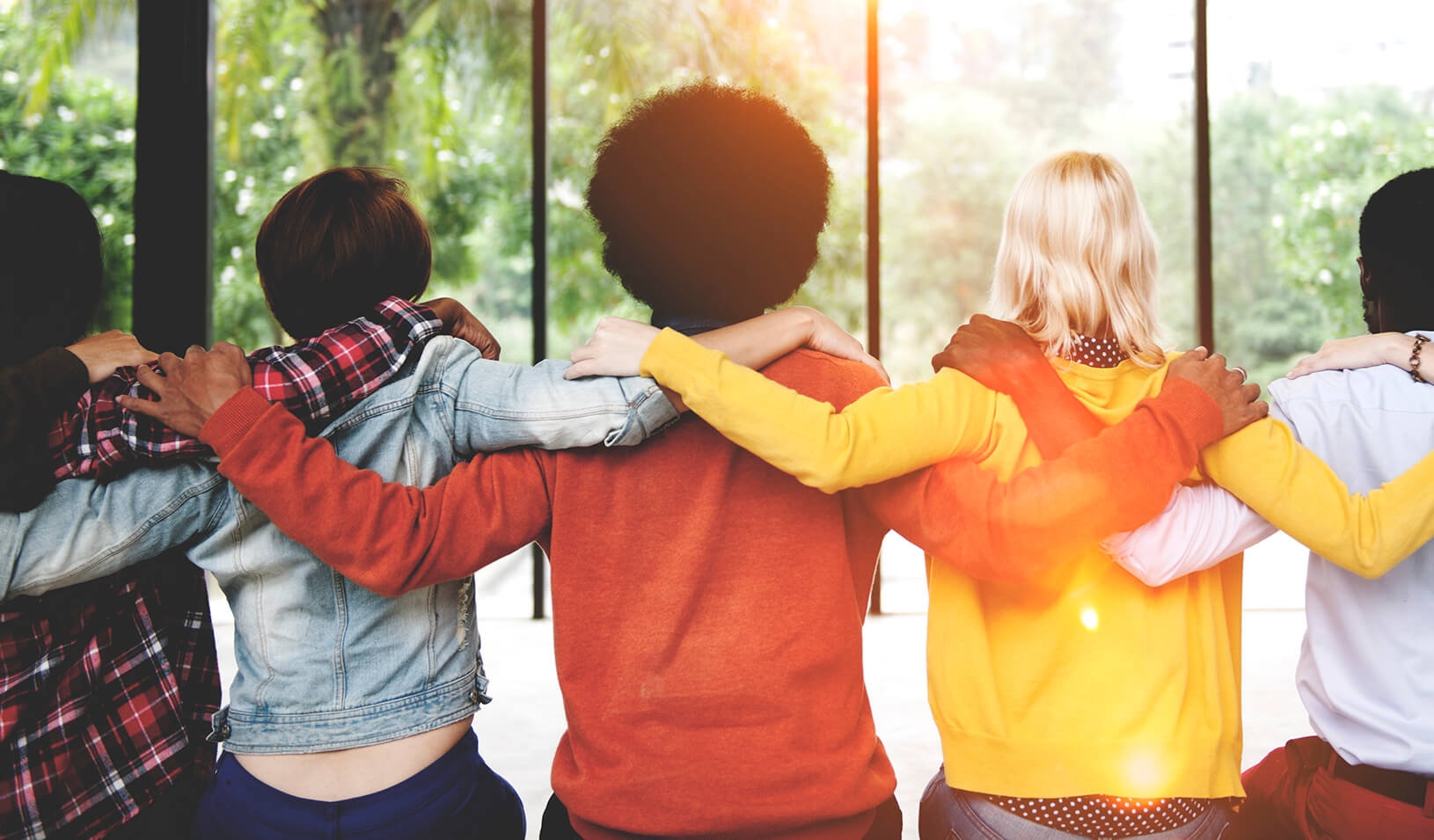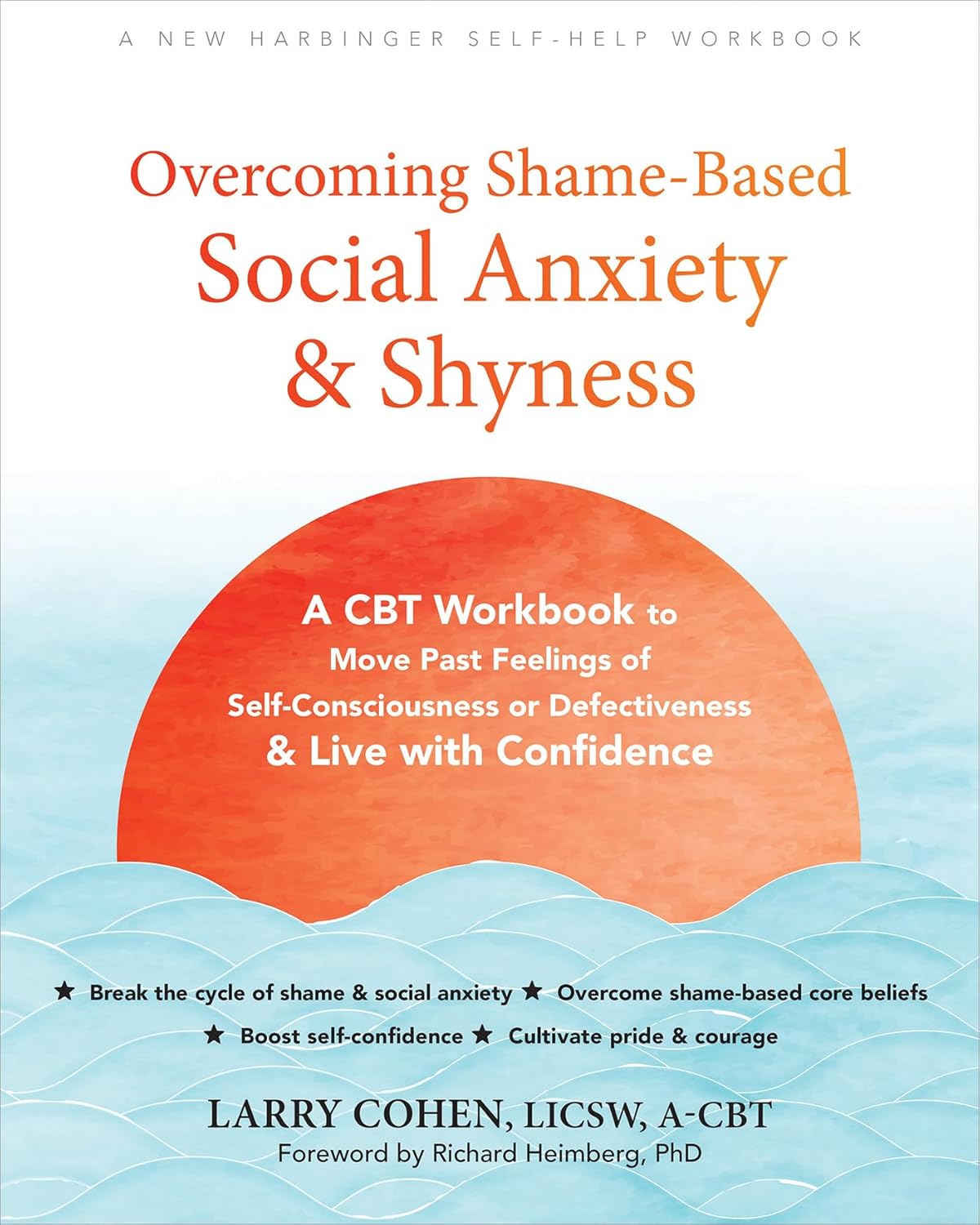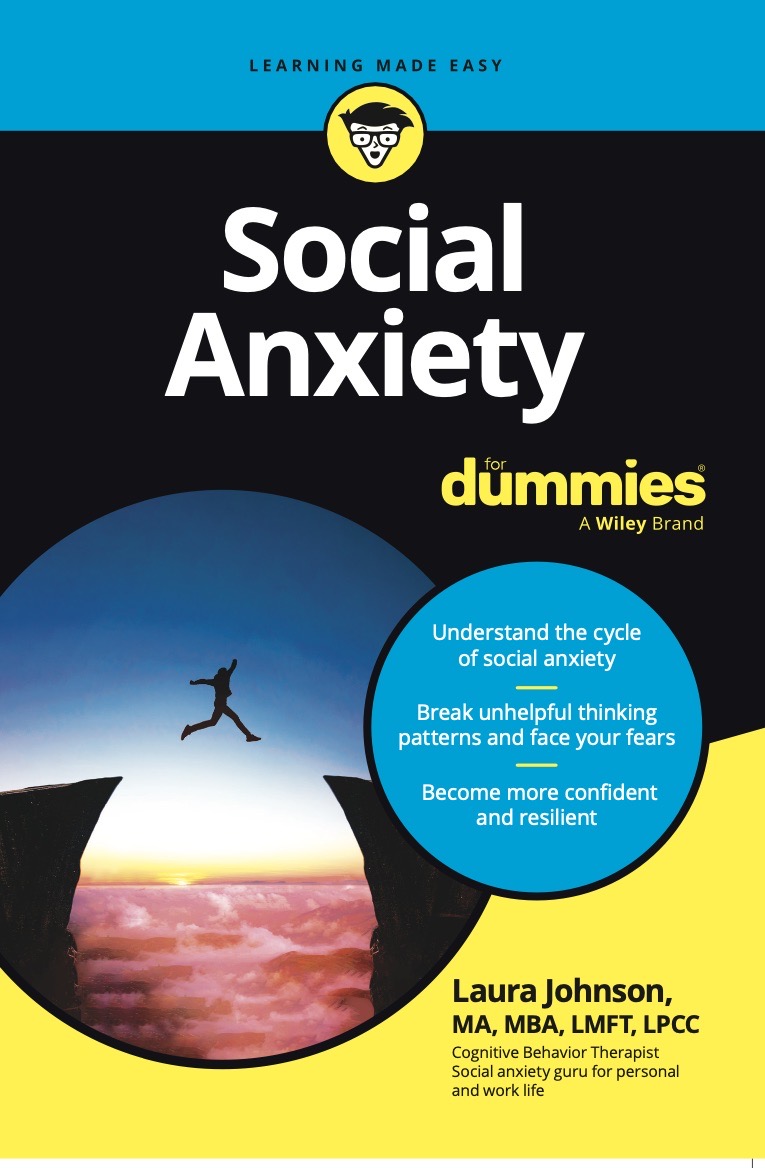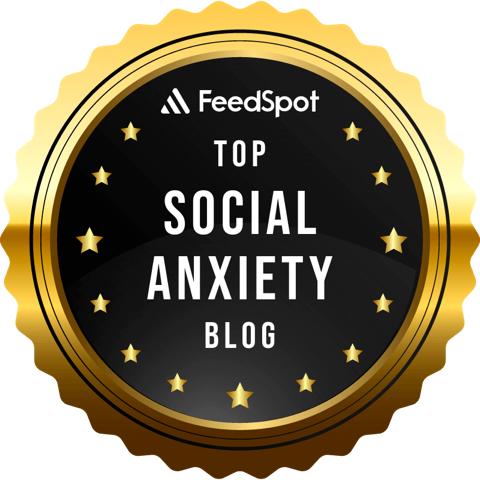Social anxiety disorder (SAD) is more than just shyness; it’s a persistent fear of being evaluated and judged in social and performance situations. As a result of this fear, social situations are avoided or entered with significant anxiety. Often the fear is that others will notice anxious symptoms and judge negatively as a result. This can lead to avoiding conversations, struggling to start or maintain dialogue, and missing out on meaningful connections. Research shows that people with SAD often underestimate their conversational abilities or, in some cases, genuinely lack certain social skills, such as reading body language or picking up on social cues.
Empirical studies demonstrate that cognitive-behavioral therapy (CBT)—which sometimes includes social skills training—is highly effective for SAD. CBT can help people identify, evaluate and perhaps change negative thoughts, practice new behaviors, and approach feared social situations. For those people with difficulties with initiating and maintaining conversations, conversational skills training may be a valuable treatment component.
As a reminder, many people with SAD are very good at being in conversations but underestimate their ability. Many people with SAD do not need conversational skills training and their treatment may not include conversational skills training. For those people that can benefit from this intervention, it is important to keep in mind that practicing conversational skills in a supportive environment can help desensitize to social fears and build confidence over time.
For people with SAD, focusing one’s attention on the conversation is an important way to disengage from the potentially self-critical, anxiety rich internal narrative that is likely occurring in the midst of a conversation.
Social Skills Strategy Suggestions

Although there are many models for initiating and maintaining conversations, we have found the following to be helpful to many people.
1. It is often helpful to begin a conversation with a genuine compliment. Learning to compliment is the simplest way to get started when trying to be social. The simple act of looking for something to compliment may move your attention away from the automatic tendency to over-focus on whatever may fuel your anxiety. It is worth repeating that one important aspect of complimenting is that you are training your brain to get out of automatic tendencies to over focus on information that increases your anxiety and behavioral avoidance. For some people it is helpful to first mentally rehearse, or practice in your mind complimenting others. Non-verbal compliments such as a “thumbs up” or a smile reflects your admiration or approval and requires no verbal interaction. When not interacting with other people it may be helpful to get in the habit of thinking about who you might compliment and what you might say. You are training yourself to think in that direction. The goal might be to compliment one person a day or week, out loud.
2. In conversations if you find out what someone is interested in, dive in and ask them a question about it. Try to focus your attention on their answer and then ask another question about the answer. Our experience is that most people love to answer questions and talk about their interests. An easy way to get started is to ask someone what they do in their spare time, or perhaps, what they did with their time today. It really doesn’t matter what you ask about, just be curious and interested. Often, the most difficult part is asking the first question.
3. After you ask a question or two, consider sharing something about yourself. “How long have you been riding an E bike?” “Is it hard?” “How fast does it go?” Share: “I have never ridden one.” When you make a statement you give someone a chance to answer back. And it could start a conversation.
4. Some people with social anxiety have difficulty with eye contact. To practice sustaining eye contact, notice what the feeling is in your body that makes you look away. The feeling may be difficult to describe but try to notice where it is. Is it in your chest or stomach, behind your eyes? It may be worthwhile to observe in a non-judgmental way the physical sensation while maintaining eye contact. While maintaining eye contact let your attention flow freely between noticing the feeling and the conversation. Sometimes it is a tingling sensation or pressure in your chest. Try to describe the feeling.
The feeling does not have to go away. Tolerating the feeling is a step in the right direction.
You may want to practice eye contact from a distance – like 10 feet away. See how close you can get before you want to look away. You may want to experiment with noticing the physical feeling or anxiety and see how long you can tolerate it without looking away.
5. Social mishaps can be welcomed, embraced and even planned. Mistakes often contain needed information. If you think you said something wrong, offensive, or that you will be negatively judged for, then step one is to forgive yourself. This also becomes an opportunity to understand and cope with negative judgments. It may be worthwhile to predict how well or poorly you think you will do when involved in a social faux pas and then rate how well or poorly you actually do. The ability to welcome and embrace these social miscues provides the opportunity to learn to think about your ability to cope in a different way.
Empirical evidence supports the idea that social skills training can lead to significant improvements in both social behavior and anxiety symptoms for some people. Additionally effective communication is one key to forming personal and professional relationships. Conversational skills are learnable. Not everyone with social anxiety needs to improve their conversational skills. However, if developing these skills is important for you it may be worthwhile experimenting with this model.

Further Information
For more information on social anxiety in conversations, and further CBT strategies for how to overcome this problem, please read this article on the NSAC website.
References:
Beidel DC, Alfano CA, Kofler MJ, Rao PA, Scharfstein L, Wong Sarver N. The impact of social skills training for social anxiety disorder: a randomized controlled trial. Journal of Anxiety Disorders. 2014 Dec; 28 (8): 908-18.
Alomari NA, Bedaiwi SK, Ghasib AM, Kabbarah AJ, Alnefaie SA, Hariri N, Altammar MA, Fadhel AM, Altowairqi FM. Social Anxiety Disorder: Associated Conditions and Therapeutic Approaches. Cureus. 2022 Dec 19; 14 (12): e3268.
